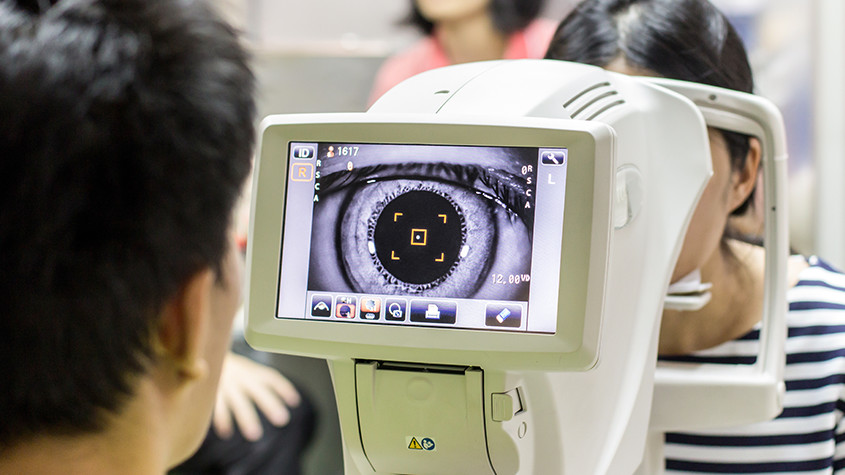
What Is The Goal Of Glaucoma Treatment?
At present, glaucoma is not curable; however, treatment can significantly slow the progression of the disease. Glaucoma damages your eye’s optic nerve when extra fluid builds up in the front part of your eye (the cornea) and then increases the pressure in your eye. Reducing this pressure is the primary objective of any glaucoma treatment.
What Are The Limitations Of Standard Glaucoma Treatments?
Using eye drops for glaucoma treatment seems like an easy option, but there are several challenges that can reduce its effectiveness. For one, it can be difficult to get all the medicine into the eye, especially for those with less steady hands. In addition, since eye drops must be used daily, individuals may forget to administer them.
Another treatment option, laser surgery, opens clogged tubes and drains fluid. It can take a few weeks to see the full results.
If eye drops or laser surgery don’t relieve your eye pressure, you may need a more traditional operation, glaucoma surgery, which would involve a hospital visit and a few weeks to heal and recover. Although usually effective, glaucoma surgery can make you more likely to get cataracts later on and can also cause eye pain or redness, infection, inflammation, or bleeding in your eye.
What Are Recent Advances In Glaucoma Treatment?
Alternatives or Improvements to Eye Drops
The Glaucoma Research Foundation reported several new developments on the horizon. These technologies focus on reducing user error in applying eye drops, which would make the medication more effective. Here are some of the products underway:
-
Drops that allow the medication to get into the eye more easily
-
Tear duct plugs that release medication
-
A polymer, like a contact lens, which would contain the drug and sit under the eyelid and release the medication over several months
-
Microneedles, which would be used to inject medication into a specific spot for greatest efficacy
-
Implantable extended-release devices using highly precise microparticles and nanoparticles
-
Polymer-based intraocular delivery technologies which would allow customizable sustained release
People whose treatment involves taking more than one eye drop per day are also beginning to see those medications available as a single, combined eye drop. New products include Cosopt (timolol and dorzolamide), Combigan (timolol and brimonidine), and Simbrinza (brinzolamide and brimonidine).
Minimally Invasive Glaucoma Surgery
Minimally Invasive Glaucoma Surgery (MIGS) procedures involve making micro-incisions through the cornea and implanting a tiny device to allow fluid to drain from the eye, reducing internal pressure. These micro-incisions cause the least amount of trauma to the surrounding tissue and minimize tissue scarring, allowing for the possibility of traditional glaucoma surgery in the future if needed. MIGS also gives doctors the opportunity to treat patients earlier and more safely than older surgeries do.
Monitoring Eye Pressure
Having an easy, accurate way to measure eye pressure is critical to monitoring the progress of glaucoma and adjusting treatment as needed. For patients that require more frequent testing of their eye pressure, there’s now an at-home tonometer called iCare HOME. There’s no puff of air and no eye drops, and the patient can easily share the information with their eye doctor.
If you have a glaucoma diagnosis, you can feel confident that your glaucoma treatment options are only going to improve in the years ahead. Although the disease is not curable, it is very manageable with the right treatment.

